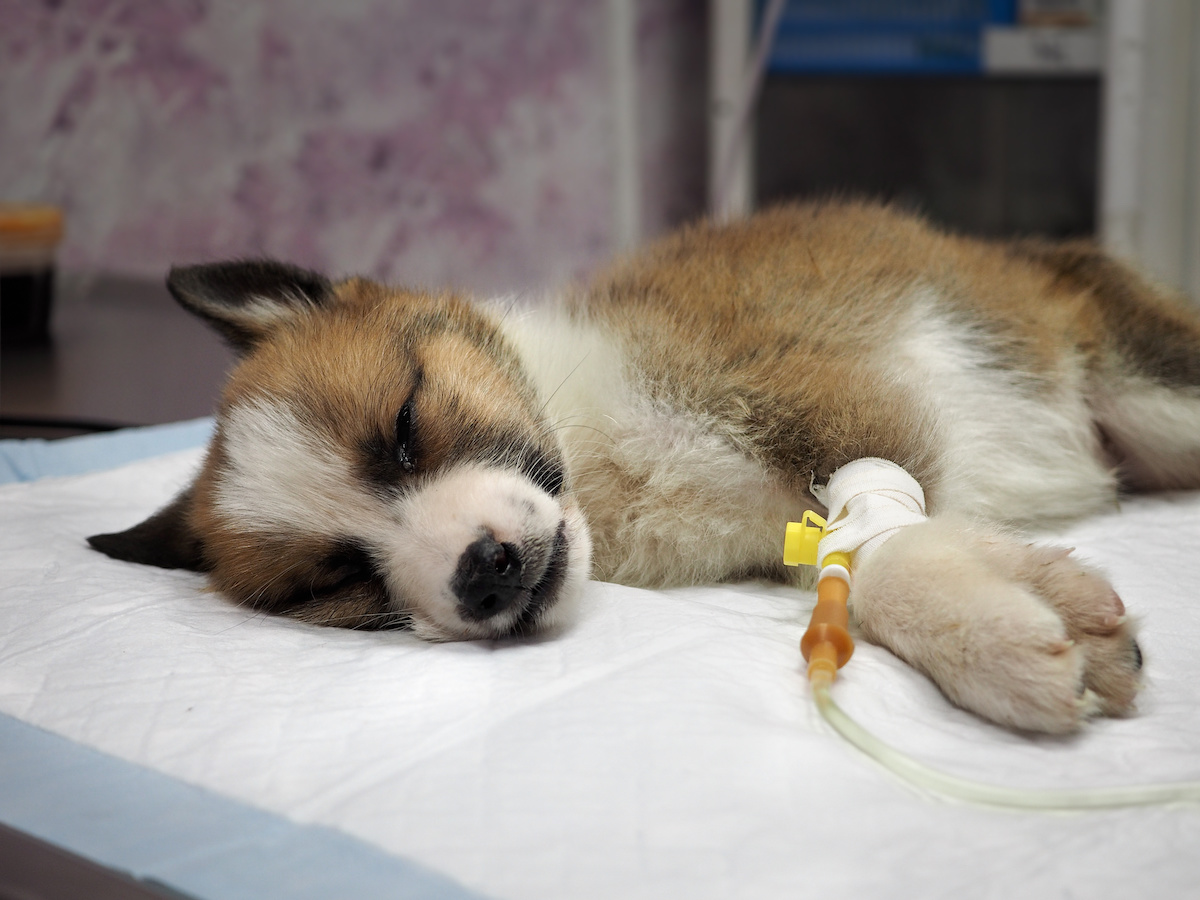Canine Parvovirus (Parvo) in Dogs: Symptoms, Treatment, and Prevention

Canine parvovirus, commonly known as parvo, is a highly contagious viral disease that affects dogs, especially puppies and unvaccinated dogs. Parvo can cause severe illness and, if untreated, may be fatal. Understanding the disease, recognizing the early signs, and acting quickly are crucial for protecting your dog’s health. Radio 5 helps you understand everything you need to know about this deadly dog disease.
What Is Parvo?
Parvo is caused by the canine parvovirus type 2 (CPV-2), which primarily attacks a dog’s intestinal tract and immune system. The virus is resilient and can survive in the environment for months, making it easy to spread through direct contact with infected dogs or contaminated surfaces such as food bowls, bedding, or floors.
Puppies between 6 weeks and 6 months are most vulnerable, though adult dogs without proper vaccination can also be affected. Parvo is not contagious to humans but is highly dangerous for dogs.
You May Also Like: Foods Your Dog Should Avoid When Suffering from Parvo
Causes and Risk Factors
-
Unvaccinated dogs: Lack of routine vaccinations is the main risk factor.
-
Puppies: Their developing immune systems make them more susceptible.
-
Contaminated environments: Virus can linger in soil, kennels, or areas frequented by infected dogs.
-
Stress or weakened immunity: Dogs with poor nutrition or underlying illnesses are at higher risk.
Symptoms of Parvo in Dogs
According to Dog Health, Parvo progresses quickly, and early recognition is vital. Common symptoms include:
-
Severe vomiting and diarrhea: Often bloody, leading to rapid dehydration.
-
Loss of appetite and lethargy: Dogs become weak and unresponsive.
-
Fever or low body temperature: Early fever may drop as the disease progresses.
-
Rapid weight loss: Due to dehydration and nutrient loss.
-
Depression and weakness: Dogs may isolate themselves and show minimal energy.
Symptoms usually appear 3–10 days after exposure, and the disease can progress to life-threatening dehydration within 48–72 hours.
How Parvo Is Diagnosed
Veterinarians diagnose parvo based on symptoms, history, and laboratory tests. Common diagnostic methods include:
-
Fecal antigen tests: Detect the virus in stool samples.
-
Blood tests: Evaluate white blood cell count and hydration status.
-
Physical examination: Checks for dehydration, fever, and general health condition.
Early diagnosis improves survival chances significantly.
Treatment Options for Parvo
There is no cure for parvo, but supportive care can save a dog’s life. Treatment typically involves:
-
Hospitalization: Critical for severe cases to monitor hydration and organ function.
-
Fluid therapy: Replaces lost fluids and electrolytes to prevent dehydration.
-
Medications: Anti-nausea drugs, antibiotics to prevent secondary infections, and sometimes pain relief.
-
Nutritional support: Feeding through a tube or specialized diet may be necessary.
Recovery can take 1–2 weeks for mild cases, while severe cases may require longer veterinary care. Puppies have a higher risk, so immediate treatment is essential.
How a Good Therapist or Veterinarian Can Help
While veterinarians are the primary caregivers for parvo treatment, therapists and rehabilitation specialists can play a supportive role during recovery:
-
Nutritional guidance: Helps ensure dogs regain strength after illness.
-
Physical rehabilitation: For dogs weakened by extended hospitalization, mild exercises can restore mobility and muscle tone.
-
Behavioral support: Recovering dogs may experience anxiety or stress; a good animal therapist can ease transitions back into normal life.
-
Preventive education: Therapists can guide owners on hygiene, vaccination schedules, and safe socialization to reduce future risks.
Prevention of Parvo
Prevention is the most effective strategy against parvo. Key measures include:
-
Vaccination: Puppies should receive a series of parvo vaccines starting at 6–8 weeks, with boosters until 16 weeks. Adult dogs should receive annual boosters.
-
Hygiene: Clean living spaces, bowls, and bedding regularly with bleach-based solutions.
-
Limit exposure: Avoid contact with unknown or unvaccinated dogs, especially in public parks or kennels.
-
Early monitoring: Puppies should be observed for early signs, especially after socialization or kennel stays.
Living with a Dog Recovering from Parvo
Dogs recovering from parvo require extra care and attention:
-
Maintain hydration and proper nutrition.
-
Monitor for lingering weakness or gastrointestinal issues.
-
Provide a calm environment to reduce stress.
-
Gradually reintroduce exercise and social interaction.
Owners should also follow up with vaccinations and vet check-ups to ensure immunity and prevent reinfection.
Key Takeaways About Canine Parvovirus (Parvo)
-
Parvo is highly contagious, severe, and potentially fatal if untreated.
-
Puppies and unvaccinated dogs are at highest risk.
-
Early recognition of vomiting, diarrhea, lethargy, and loss of appetite is critical.
-
Treatment is supportive, often requiring hospitalization, fluids, and medications.
-
A good therapist or veterinarian can support recovery, provide guidance on nutrition and behavior, and prevent future infections.
-
Vaccination and proper hygiene are the most effective preventive measures.
Parvo is a serious threat, but with prompt veterinary care, proper therapy, and preventive measures, dogs can recover and lead healthy lives. Owners play a crucial role in monitoring, early intervention, and maintaining vaccination schedules to keep their pets safe.














